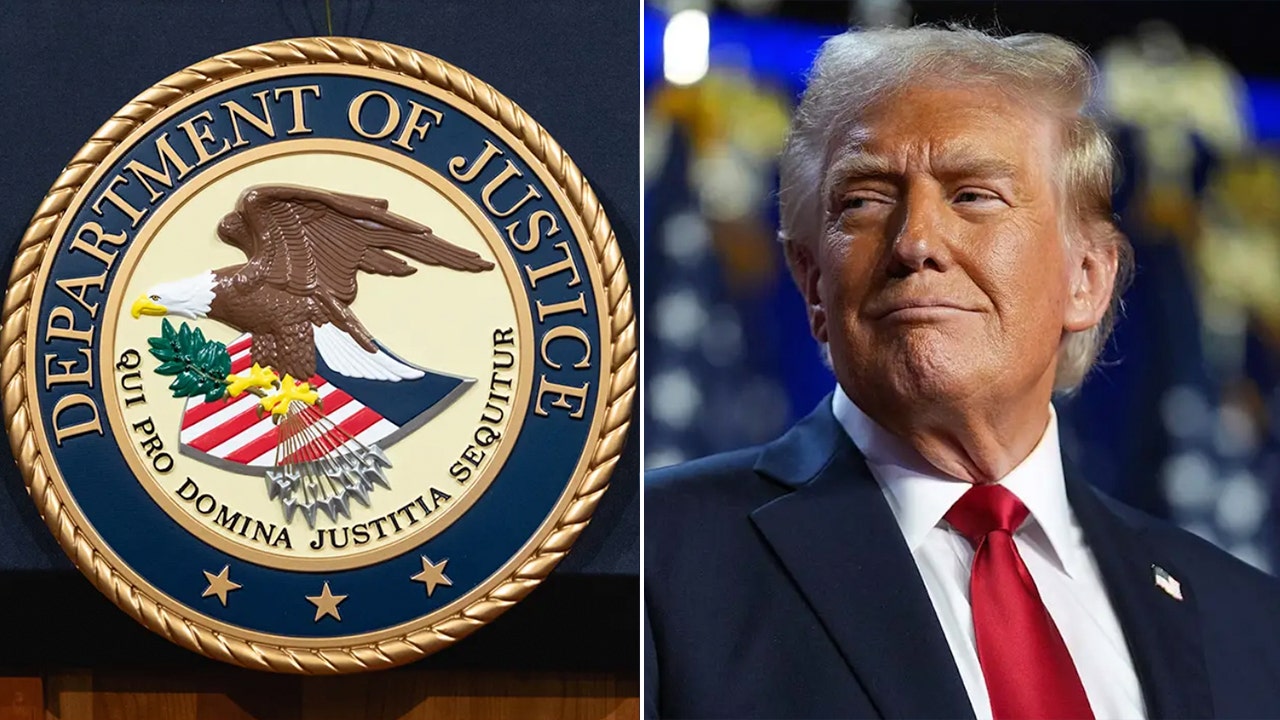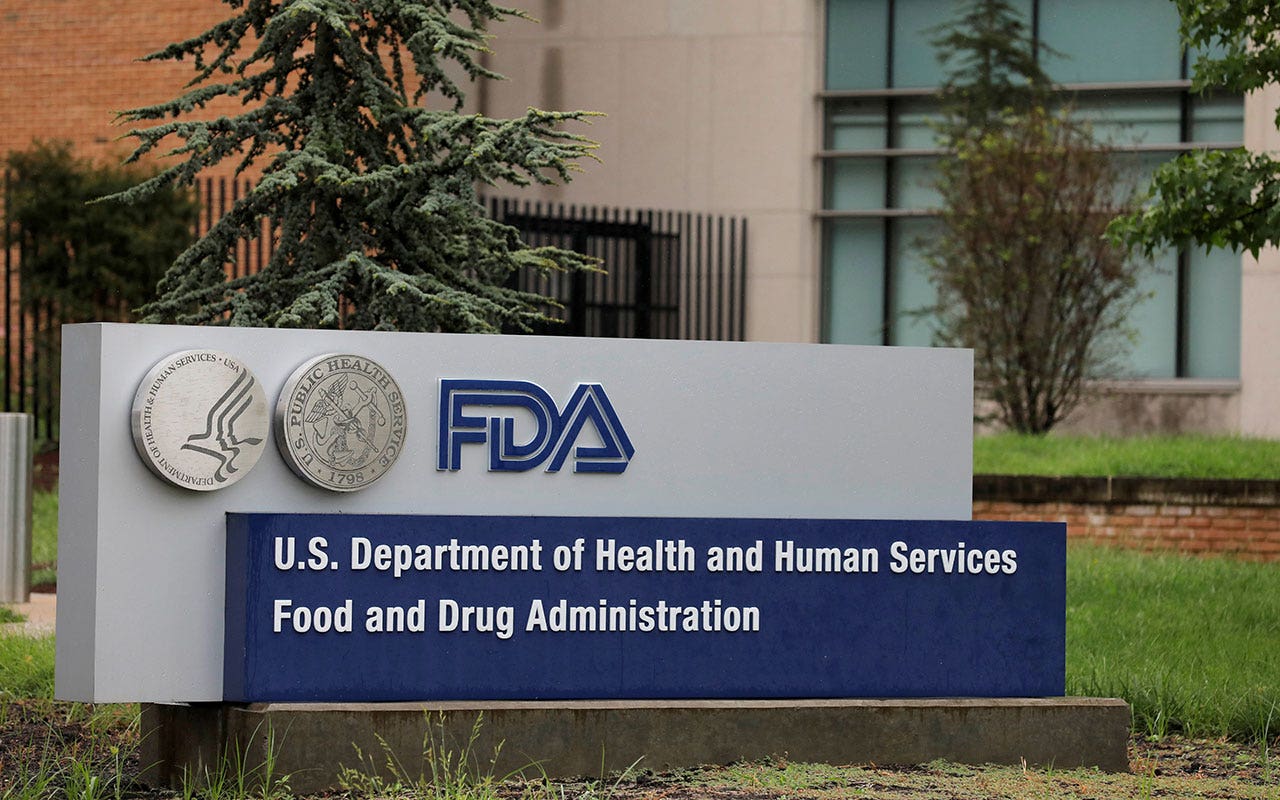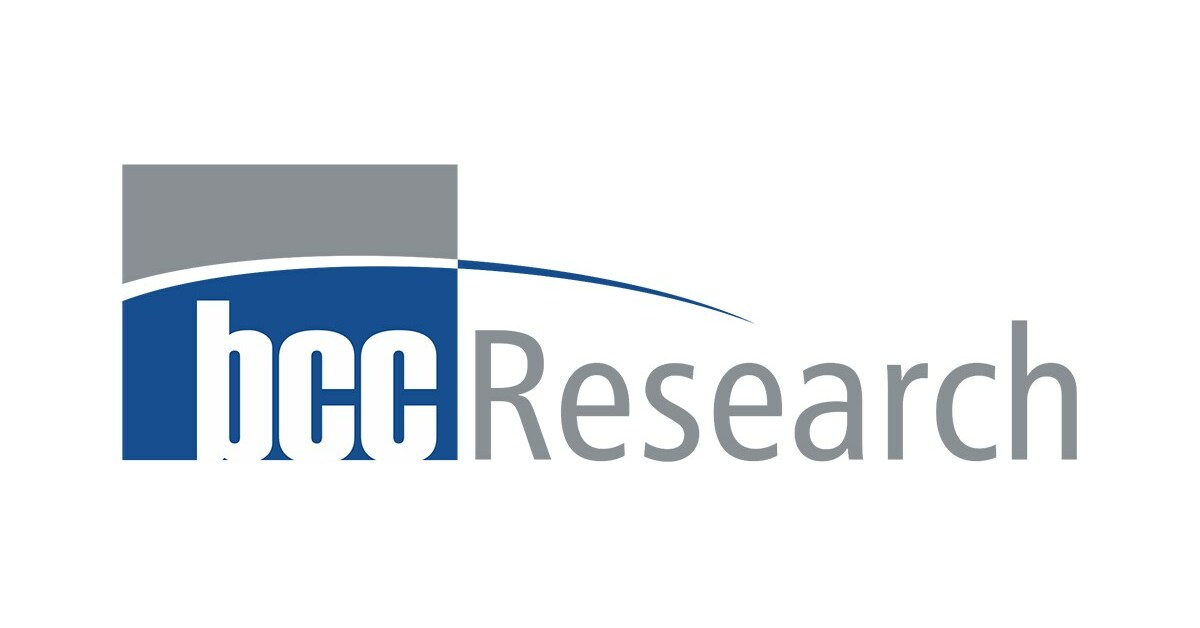A version of this post first appeared on TKer.co
Almost every day, we hear about economic data, financial news, a policy move, a geopolitical event, or some other development that presents a new headwind to the stock market. Rising inflation, higher interest rates, natural disasters, tariffs, war breaking out between our trading partners, viral outbreaks, and so on.
Any of these challenges could hurt business activity or reduce an investor’s appetite to take risk in the stock market.
But as history — including recent history — has taught us, it’s possible for the economy to flourish and the stock market to rise despite emerging headwinds.
These counterintuitive outcomes can often be explained by the most important Latin phrase in investing: Ceteris paribus.
Ceteris paribus roughly translates to "all else equal" or "other things held constant."
It’s a caveat analysts use when they are examining and discussing the effects of a variable assuming nothing else is changing.
For example: Rising oil prices, ceteris paribus, mean lower earnings because of higher energy costs.
Ceteris paribus gets you clean and simple explanations.
Unfortunately, the world is complicated. And all else is never equal.
What if those higher oil prices are the result of stronger demand from a hotter-than-expected economic activity? This could mean revenue for your business is growing faster than planned, which could more than offset your higher energy costs, which in turn means your earnings are higher.
This is how I’ve been discussing evolving expectations for Fed rate cuts for more than a year. Fewer rate cuts, ceteris paribus, may be considered hawkish for stocks. But these lowered expectations have come amid better-than-expected economic data, which has fueled earnings growth and sent stock prices up and to the right.
TKer subscribers have seen this language used frequently when we’ve quoted analysts addressing emerging challenges (emphasis added):
"In general, we estimate every 10% rise in the USD translates to a 3% hit to EPS, all else equal." - BofA, January 2025
"We estimate that each 1 percentage point change in the statutory domestic tax rate would shift S&P 500 EPS by slightly less than 1%, or approximately $2 of 2025 S&P 500 EPS, all else equal." - Goldman Sachs, Sept. 2024
"Through the lens of our EPS model a 10% rise in oil would boost S&P 500 EPS by roughly 1%, all else equal." - Goldman Sachs, April 2024
"[C]omparing today's valuation to its prior multiples may be more punitive in that today's market is more asset-light, labor-light and debt-light than prior cycles and Corporate America's renewed focus on efficiency argues for a lower equity risk premium all else equal." - BofA, October, 2024
.png)
 German (DE)
German (DE)  English (US)
English (US)  Spanish (ES)
Spanish (ES)  French (FR)
French (FR)  Hindi (IN)
Hindi (IN)  Italian (IT)
Italian (IT)  Russian (RU)
Russian (RU) 








Comments